The covid-19 pandemic continues to spread globally, with more than 100 million confirmed cases. According to the World Health Organization, there are 80 countries and regions around the world that have found variants of covid-19 in the UK, 41 countries and regions have found variants of covid-19 in South Africa, and 10 countries and regions have found variants in Brazil. Covid-19 variant strain. Studies have found that some variants of covid-19 may have stronger transmission power, but the mode of transmission has not changed, and public health measures can effectively control the spread of variant viruses.
The number of newly diagnosed cases in the United States, which has the largest number of confirmed cases, has declined in a single day, but the continued spread of covid-19 variants in the United States still causes experts to worry. Anthony Fauci, chief medical adviser to the US Biden administration and director of the National Institute of Allergy and Infectious Diseases, warned that if covid-19 variants dominate the spread in the United States, recovered covid-19 patients may still face The risk of re-infection, the United States may also see a surge in the number of confirmed cases.
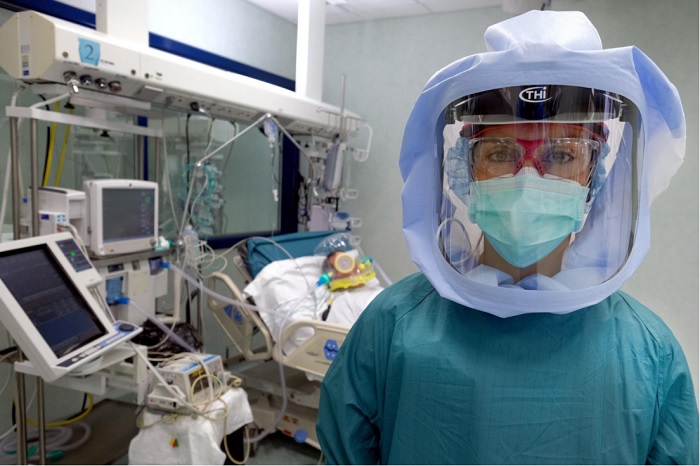
At present, the covid-19 variants found in the United Kingdom, South Africa and Brazil have all been found in the United States. Among them, the covid-19 variants found in the United Kingdom have been found in 32 states in the United States, with 467 infections.
So far, less than 2% of Americans in the United States have received all two doses of the covid-19 vaccine. Fauci said that only after about 70%-85% of the US population has completed the two doses of vaccination can life basically return to normal. Fauci reminded that although the number of newly diagnosed cases in a single day has begun to fall as the vaccination work continues, the base of confirmed cases in the United States is too large, and the covid-19 variants found in the United Kingdom, South Africa and Brazil have appeared All parts of the United States and show a trend of rapid spread, so the epidemic prevention cannot be taken lightly.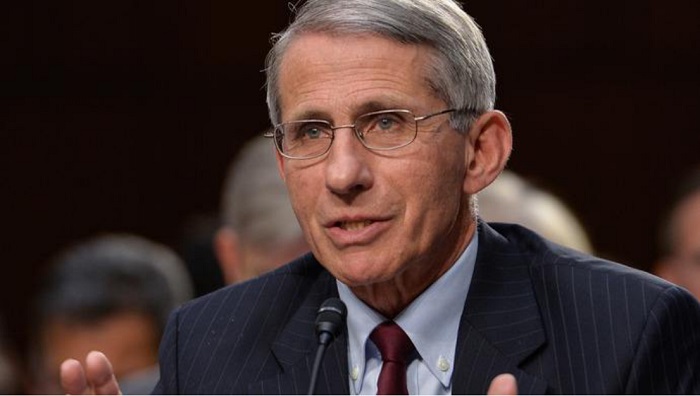
On January 15, 2021, five days before Biden was sworn in, he publicly urged all Americans to wear a mask for the first 100 days of his inauguration. On January 21st and 22nd, he signed 10 administrative orders related to the response to the new crown pandemic, including forcing everyone to wear masks on federal property and buildings, as well as Wearing a mask on airplanes and other public transportation etc. On February 3, he even suggested “wear two masks at the same time if possible”at the White House briefing.
In recent days, the Biden administration is considering issuing masks to every American for free by mail in response to the rampant new crown pandemic.

Wearing a mask has become a globally recognized method of epidemic prevention, but how effective is it?
Recently, a reporter brought a variety of masks purchased online to the laboratory of the China Textile Products Quality Supervision and Inspection Center to test the particle filtration performance of an online celebrity elastic fabric mask in accordance with the standards for masks. The test results show that the filtration efficiency of this mask is 16.5%, which means that only more than 10% of aerosol particles are blocked, and more than 80% of aerosol particles can pass through this fabric mask. It can only prevent some daily pollen. Some dust particles, some large particles.
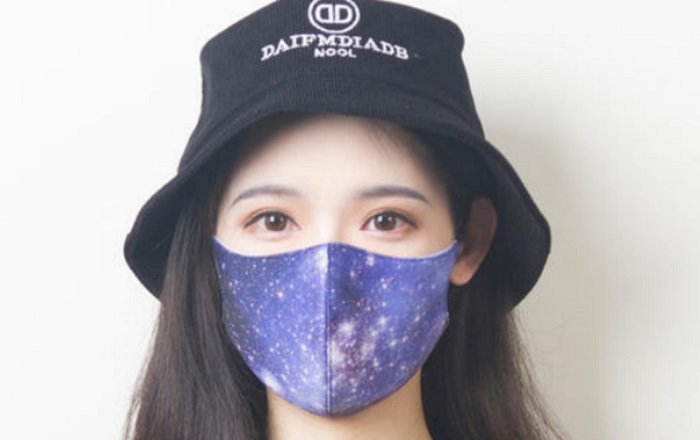
It can be found that the protective function of masks of each material is different. Some can block germs, and some can only block large particles such as dust. When purchasing masks, you must purchase suitable masks according to your needs.
Speaking of blocking dust, a few years ago, when environmental killer smog and PM2.5 became the focus of people's attention, masks were once regarded as an indispensable artifact for preventing smog and PM2.5. Some people have specifically tested the PM2.5 barrier ability of various types of masks.
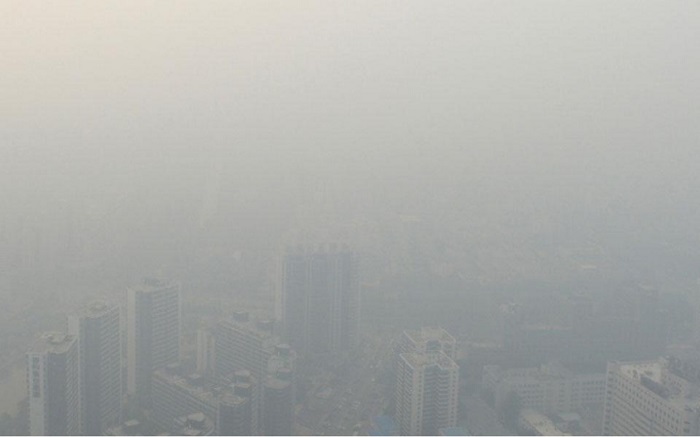
1. Can masks capture particles as small as PM2.5?
Ordinary masks mainly mechanically block the particulate matter in the air through the fiber pores on the material, so as to achieve the effect of dust prevention. However, PM2.5 is not easily blocked by ordinary masks due to its small particles, and it is difficult to be discharged after entering the lungs. That's why people talk about it.
In order to simulate air pollution on the street, a scientist named Jeremy Langrish passed the exhaust gas of diesel engines through different masks, as shown in the figure below, and then used a detector to detect how many particulates there are in the air after passing through the mask. His tester can detect 0.007 micron particles.
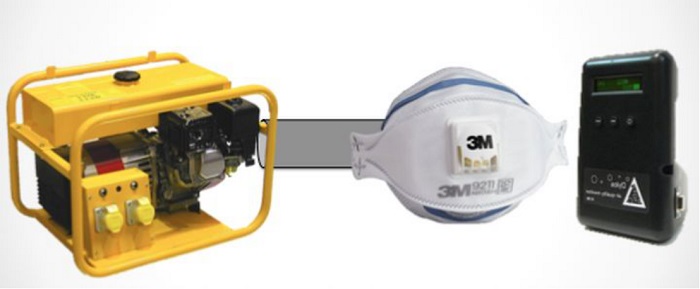
He first tested a simple cotton cloth and found that the cotton cloth can only capture 28% of the particles.
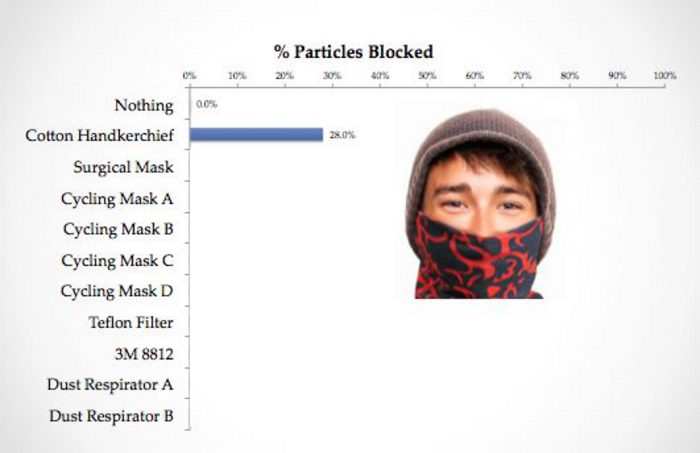
He also tested ordinary medical masks. Many people said that this mask was useless, but scientific tests found that it can block 40-80% of particles. In this test, ordinary medical masks blocked 80% of the particles. In the sealing test, the result was 40-60%.
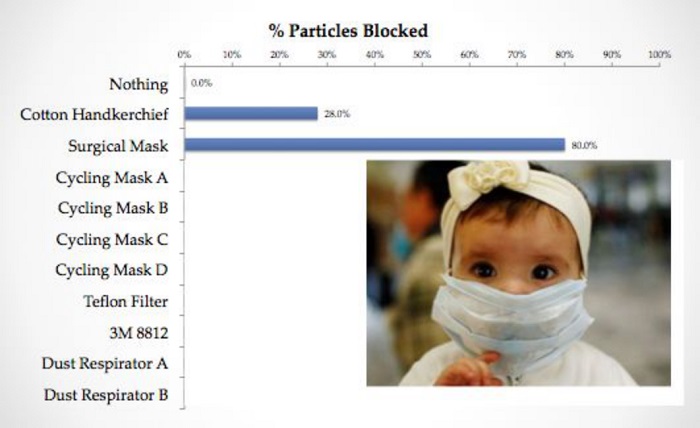
He also tested different bicycle masks, which can block nearly 80% of particles.
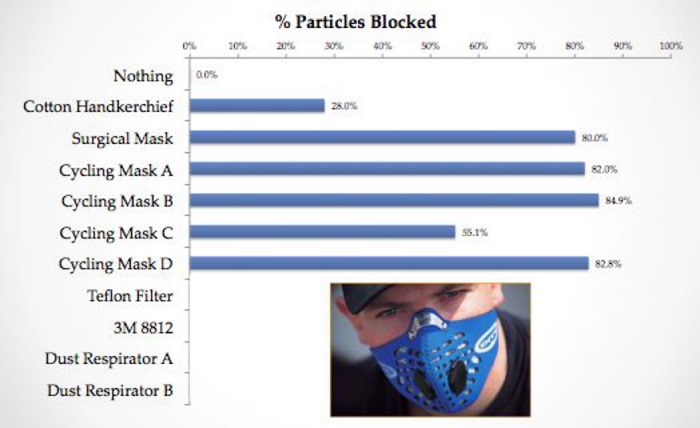
Finally, he tested 3M's N95 mask, and the result was a blocking rate of over 95%.
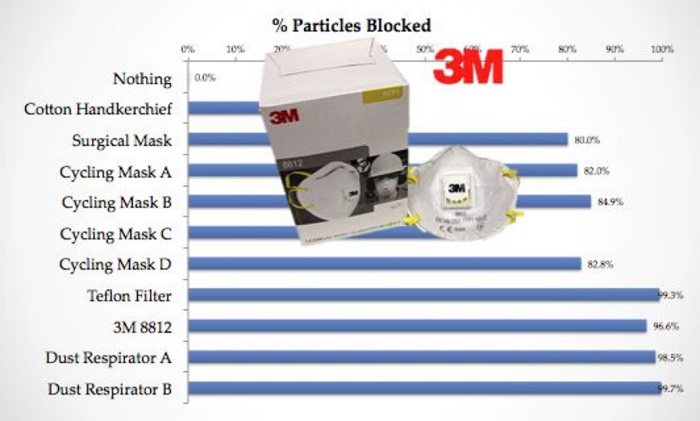
Conclusion: The order of the barrier effect of PM2.5 is: N95>bicycle mask>medical mask>cotton mask.
2. Will the mask prevent P2.5 effectiveness due to poor airtightness?
Many people say: Even if a mask can capture particles, the airtightness is too low when worn, so it is useless. Are masks useful? Scientists have also done related experiments.
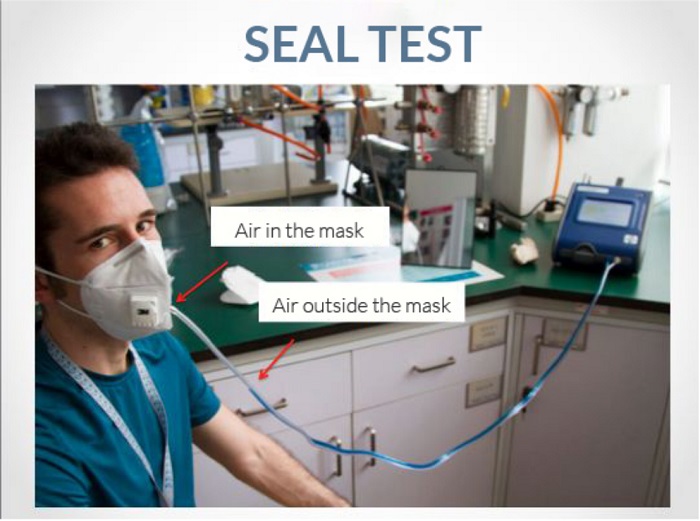
The instrument in the picture can be accurate to 0.01-1 micron and can measure how many particles are inside and outside the mask when the mask is actually worn. The figure below shows the barrier rate of various types of masks. The test results found that the commonly used 9332 masks blocked more than 99% of the particles!
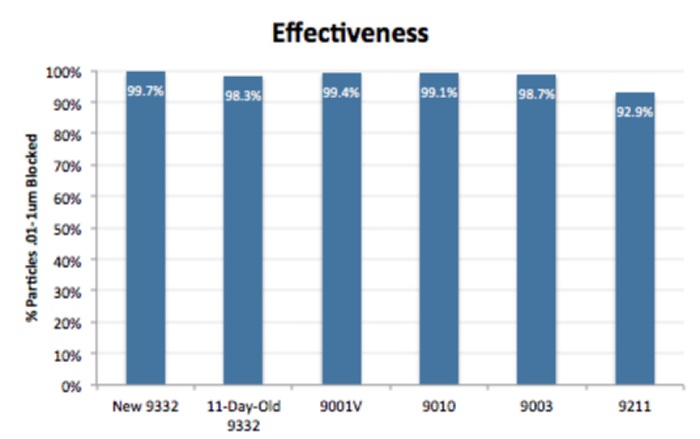
Some people also wonder: Is it because Asians have different faces from Westerners, so Asians can't achieve this effect when wearing these masks? In fact, the 9010, 9003 and 9211 masks above were worn by Anna, the founder of Smart Air.
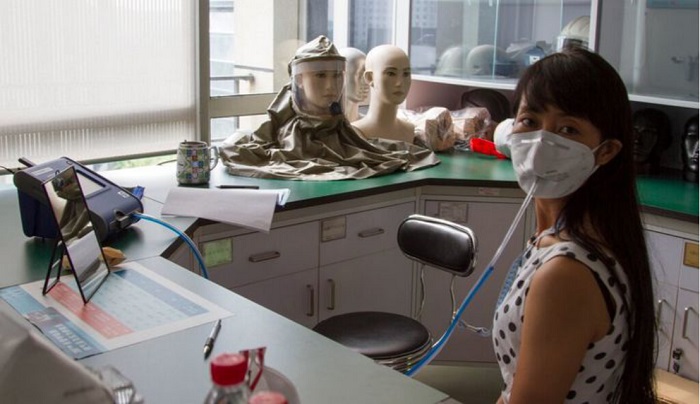
When she wears these masks, the barrier rate can reach more than 98%. So Asians can also achieve good results when wearing these masks.
In addition, American doctor Richard Saint Cyr has also done a similar test. The test results are similar to those of scientist Jeremy Langrish.
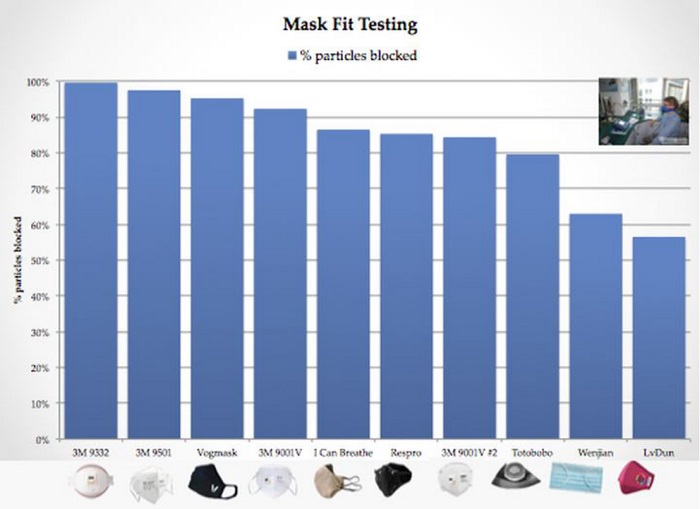
Conclusion: Masks can indeed block more than 90% of particles.
3. Does wearing a mask help health?
Scientist Jeremy Langrish also did experiments related to health. He asked some people to wander around in Beijing, once wearing a mask and once without a mask.
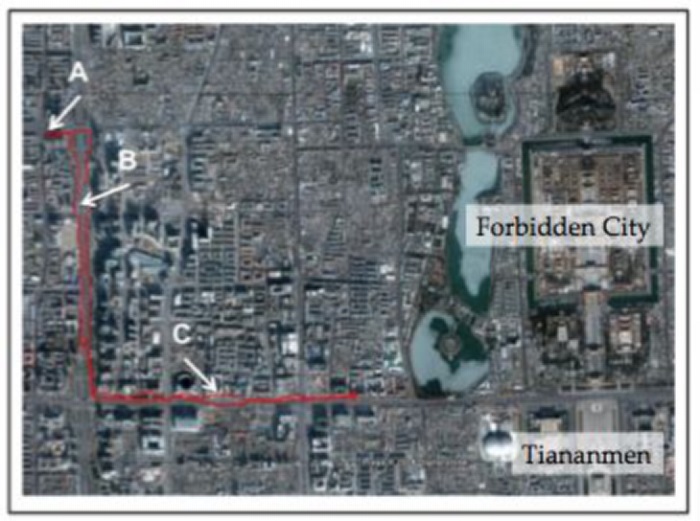
The mask is the 8812 model mentioned above, a very simple 3M mask. When they walk, they have equipment on their bodies to record their heart rate and blood pressure simultaneously. The test results found that when wearing a mask, the heart rate is more regular (heart rate variability) and blood pressure is lower
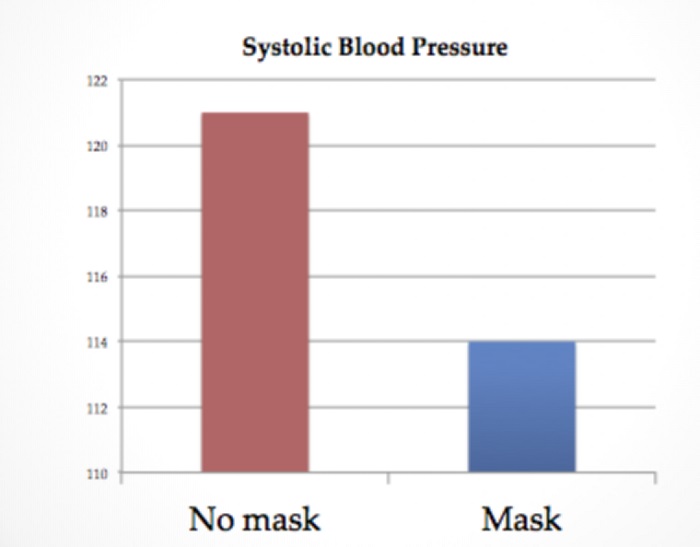
Conclusion: Wearing a mask is helpful to our body.
4. Some people say that wearing a mask is wasteful, because you have to throw it away after a day or two. Is the life of the mask really that short?
The above sealing test includes a 9332 mask that has been worn for 11 days. The test results show that the barrier rate of the new 9332 mask is 99.7%, and the barrier rate of the 9332 mask that has been worn for 11 days is 98.3%, which does not seem to drop too much. It shows that the mask can be worn repeatedly, and the life of the mask can reach half a month or even nearly a month.
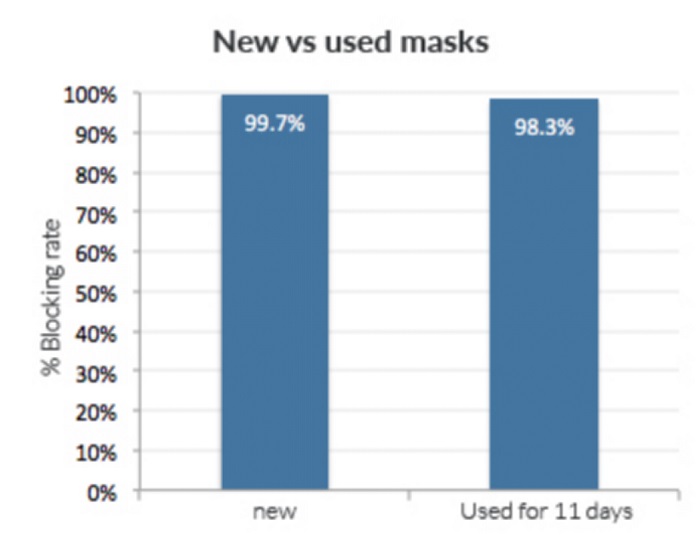
Data and pictures come from: Zhihu
masks that can prevent PM2.5 can prevent viruses?
The above is about the relevant tests of masks against PM2.5, so can masks that can prevent PM2.5 be able to isolate germs? The picture below is from a 2005 article in Science, which can reflect the particle size span of gas molecules, viruses, bacteria, pollen, and hair. Comparing the sizes of particles of different particle sizes, PM10, PM2.5, PM0.1, etc. reflect a group of particles in the air. From the clustering of sizes, they are like a wedge. We also correspond to the parts where particles of different sizes can reach the human body. , Followed by pharynx, bronchi, lung lobes, etc.
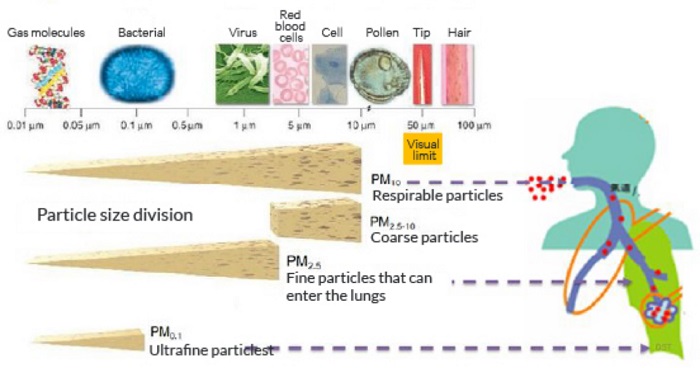
It can be seen that the aerodynamic particle size of PM2.5 is ≤2.5μm, the particle size of the virus is generally only tens of nanometers, and the particle size of PM2.5 is about tens of times that of the virus. The smaller the particles, the easier it is to pass through the mask, so the barrier rate of the mask to PM2.5 is very high, but the barrier rate to the virus is not necessarily high.
How does the mask filter?
For large particulate matter, the mask is blocked by mechanical barrier. The mechanical barrier is similar to the figure below.

When the particles pass through the filter layer, they will be absorbed by the filter layer under the effects of Brown diffusion, interception by the filter layer, inertial collision, and gravity sedimentation.
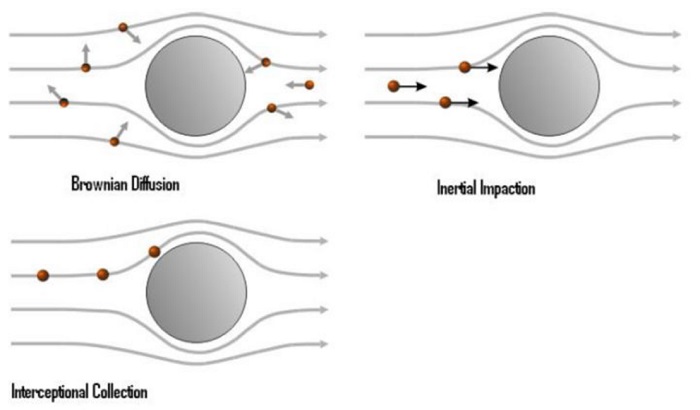
When filtering, the filtered material will form a cake, which can enhance the filtering effect. So when the mask gets dirty, the filtering effect will get better.
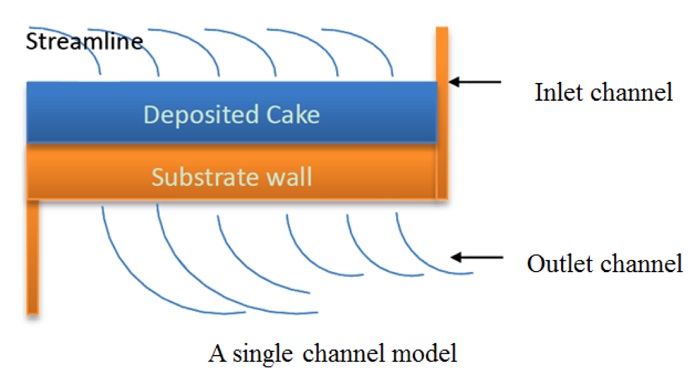
So, can the fiber pores of the mask material be small enough to isolate germs? Scientific research has found that when the particles are smaller than 1 micron, the physical barrier (similar to the mesh) has almost no effect on the particles. Therefore, PM2.5 can also be removed by mechanical barrier, and viruses smaller than 1 micron cannot be removed by mechanical barrier.
Virus filtration depends on electrostatic adsorption
At this time, the virus can only be blocked by electrostatic adsorption. Electrostatic adsorption means that when a tiny non-static object is close to an object with static electricity, due to the phenomenon of electrostatic induction, the end close to the object with static electricity induces the opposite electrical property to the object with static electricity, and is attracted and attached to the object with static electricity. The phenomenon.(try Suntech Meltblown machine)
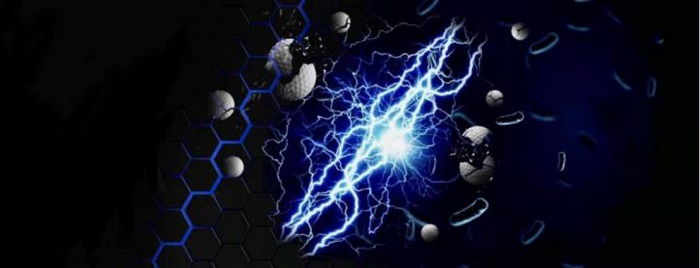
It is melt blown cloth that possesses electrostatic adsorption. During the production of melt blown cloth, electric charge will be injected through electret treatment, so that the melt blown cloth will be charged with static electricity and maintain this state for a long time. When the particles in the air pass through the mask, they will be absorbed by the increased electrostatic effect. At this time, the overall filtration efficiency can be greatly improved without increasing the respiratory resistance.
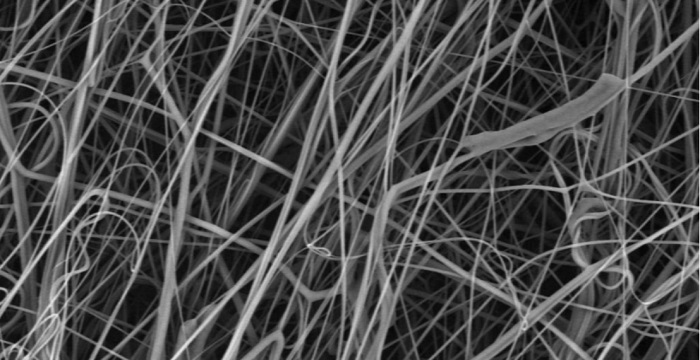
It can be seen that masks containing meltblown cloth can isolate the virus. Among the current mainstream masks, only medical surgical masks and medical N95 masks contain meltblown cloth. Therefore, bicycle masks with better anti-PM2.5 effects cannot prevent viruses, while medical masks with poor anti-PM2.5 effects can isolate viruses. Therefore, it is necessary to choose a suitable mask according to the needs. So how to choose?
Refer to the filter standard index for mask selection
The antivirus effect of masks can be judged by the Bacterial Filtration Efficiency (Bacterial Filtration Efficiency) index, and the anti-particle effect can be judged by the Particulate Filtration Efficiency (PFE) index. When judging the anti-virus efficacy of masks, we mainly look at the BFE index, and when looking at the dust resistance of masks, we can look at the PFE index.
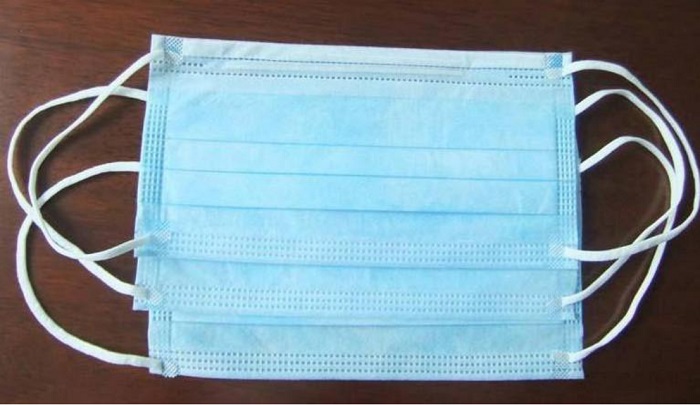
According to official test results, the BFE of medical surgical masks reaches 95%, while the PFE is only 30%. The BFE and PFE of medical N95 masks are both greater than 95%. However, the N95 masks are too dense and affect breathing after wearing them. During the pandemic, wear medical Surgical masks are enough to prevent the epidemic.
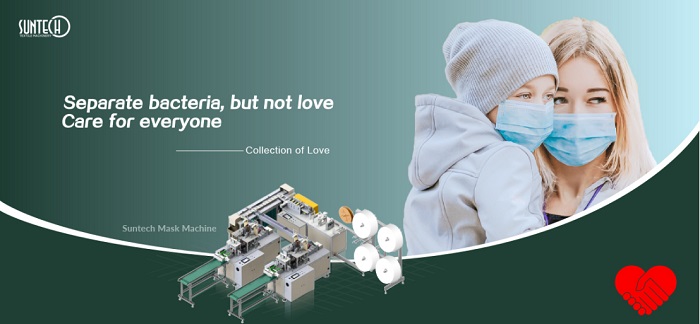
Suntech designs and develops smart mask machines, meltblown machines and mask materials in accordance with the "precision manufacturing" standard to help mask production. The mask BFE can reach 99%. Welcome to inquire.





